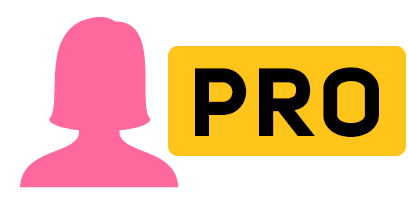AI voice examples
 Gunnar
Gunnar
 Gudrun
Gudrun
 Karl
Karl
 Dóra
Dóra
 Alloy IS
Alloy IS
 Andrew IS
Andrew IS
 Brian IS
Brian IS
 Echo IS
Echo IS
 Florian IS
Florian IS
 Onyx IS
Onyx IS
Language code: is-IS
Transform text to clear Icelandic speech seamlessly. Whether it's for learning, accessibility, or content delivery, our advanced tools prioritize clarity and natural pronunciation.
Icelandic is a North Germanic language spoken by approximately 330,000 people, primarily in Iceland. It has its roots in Old Norse and has changed little over the centuries, making it one of the oldest still-used languages in the world. Icelandic has been influenced by neighboring languages such as Norwegian and Danish, but has maintained its distinctiveness and is considered one of the purest forms of Old Norse in the world.
One striking feature of Icelandic pronunciation is its array of vowels. There are specific nuances in how vowels and consonants interact, giving Icelandic its melodic tone. The language uses various letters that are not present in English, and their phonetic representation is unique to Icelandic.
Vowel Length can change the meaning of a word. For instance, 'á' pronounced shortly means 'on', while when pronounced longer it means 'river'.
Diphthongs: Icelandic is rich in diphthongs. Examples include "au" as in "haust" (autumn), "ei" as in "eitt" (one), and "ey" as in "seyði" (sheepfold).
Consonant Combinations. Certain consonant combinations produce specific sounds. For instance, 'll' produces a tl sound as in "fjall" (mountain) and 'nn' sounds like tn in "mann" (man).
Unique Characters: Icelandic has unique letters not found in English, such as 'þ' (th as in "thing"), 'ð' (th as in "this"), and 'æ' (i as in "hi").
SpeechGen uses AI to convert text into natural Icelandic speech. Our tool gives clear voice output, suitable for various needs, combining technology and respect for the language.
 SpeechGen.io
SpeechGen.io